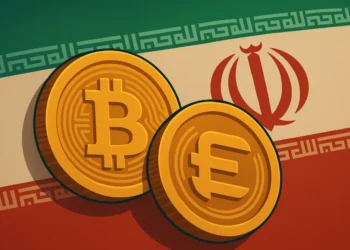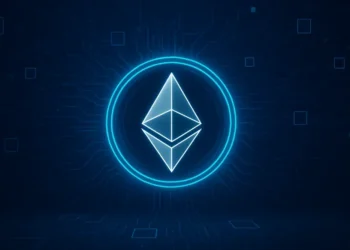The cryptocurrency market moves at lightning speed. News, hype, institutional integrations, and regulatory decisions can shift prices within minutes—or seconds. In this environment, the idea of a “silent trader” emerges: an AI that detects market signals almost before they happen. While ChatGPT can’t literally see the future, when configured correctly it can become a valuable tool for spotting early signs of market movement.
This article explores how traders are using ChatGPT to anticipate crypto price swings and highlights the methods that bring this concept to life.
What the Latest Insights Reveal
- Not real-time by default: ChatGPT doesn’t natively access live price feeds or continuous market data.
-
Effective with proper data input: When fed historical price charts, technical indicators, and real-time sentiment data from APIs or external tools, ChatGPT can help forecast short-term trends.
-
Emerging use cases: Traders have used ChatGPT to outline potential price paths for Bitcoin, Ethereum, Solana, or XRP, combining macroeconomic analysis with technical patterns.
-
Hybrid systems work best: The strongest results come when ChatGPT is part of a broader system—integrated with APIs, dashboards, and human oversight for risk management.
How the “Silent Trader” Works
1. Data Collection and Integration
-
Price and volume data: Provide ChatGPT with historical and near-real-time price and volume data, including indicators such as RSI, MACD, and moving averages.
-
Market sentiment: Feed aggregated sentiment from Twitter (X), Reddit, or crypto-specific platforms like LunarCrush.
-
Fundamental events: Include key news such as ETF approvals, exchange listings, or regulatory updates.
2. Prompt Engineering
Carefully designed prompts guide ChatGPT to generate actionable insights:
-
“Analyze the BTC/USDT 5-minute and 1-hour charts for RSI divergence and MACD crossovers. Suggest potential buy or sell signals with risk parameters.”
-
“Summarize current market sentiment around Ethereum and classify it as bullish, neutral, or bearish.”
-
“Given the latest Fed policy decisions, how might Bitcoin react over the next 48 hours?”
3. Automation and Execution
-
Exchange APIs: Connect ChatGPT’s signals to exchanges like Binance or Bybit for automated order placement.
-
No-code tools: Use n8n, Zapier, or custom scripts to send alerts or trigger trades when certain conditions are met.
-
Trading bots: Integrate with existing trading bots to add an AI-driven analysis layer.
4. Backtesting and Validation
-
Test ChatGPT-generated signals against historical market data to measure success rates.
-
Adjust prompts and parameters to reduce false positives and false negatives.
5. Risk Management
-
Use stop-loss and take-profit orders.
-
Limit trade sizes to reduce potential losses.
-
Continuously monitor for sudden market changes that AI might miss.
Limitations to Keep in Mind
Even the most advanced AI-assisted system isn’t infallible:
-
No native real-time feed: ChatGPT relies on the freshness and quality of external data you provide.
-
Possible “hallucinations”: The model might generate confident but inaccurate conclusions.
-
Latency concerns: Even small delays can mean that market conditions change before execution.
-
Sentiment traps: Social media buzz doesn’t always translate to price movement.
Final Thoughts: A Tool, Not a Crystal Ball
When used correctly, ChatGPT acts as an early-warning system—an intelligent assistant that can give traders an edge by spotting potential opportunities faster than traditional manual analysis. Combining reliable data sources, careful prompt design, and robust risk management can transform it into a powerful part of any crypto trading strategy.
⚠️ Disclaimer
While ChatGPT can enhance market analysis and help identify trading signals, it is not an infallible tool. Predictions generated by AI models can contain errors, outdated assumptions, or misinterpretations of market sentiment. Human judgment and thorough independent analysis remain essential. Always perform your own research, backtest strategies, and consult professional financial advice before making investment decisions.



















